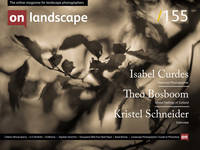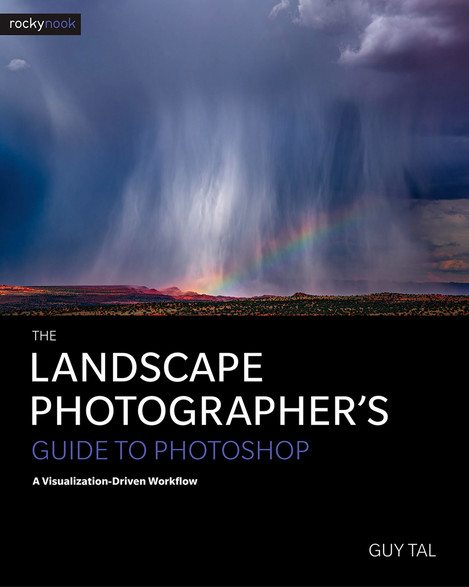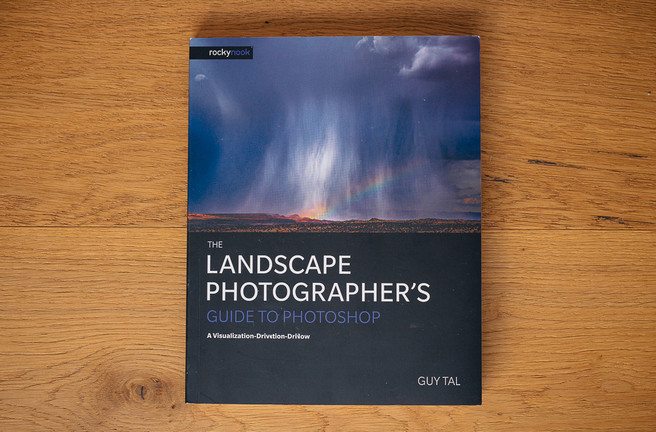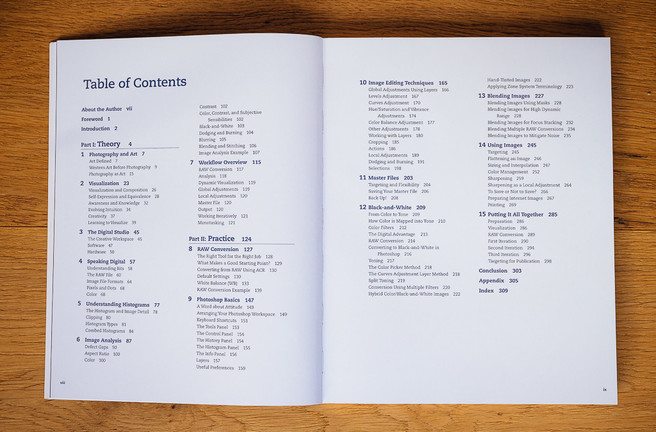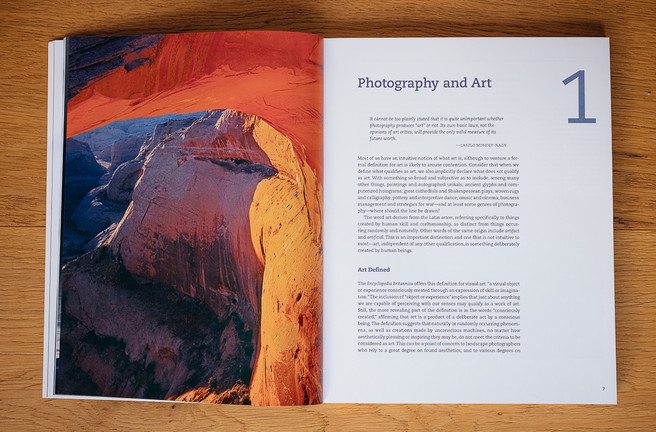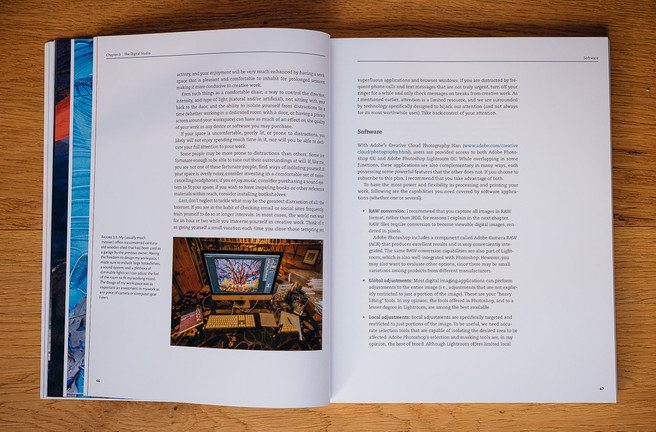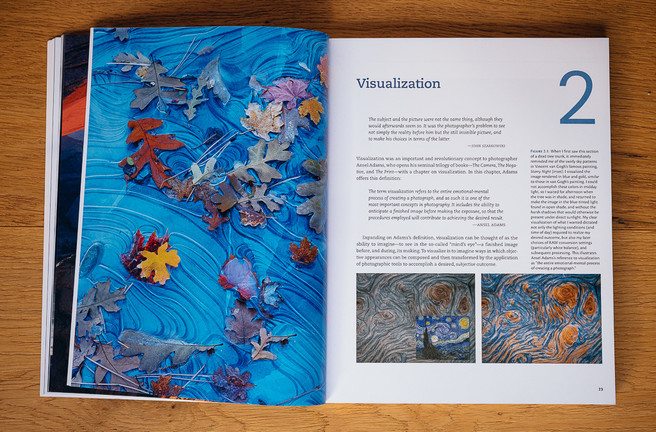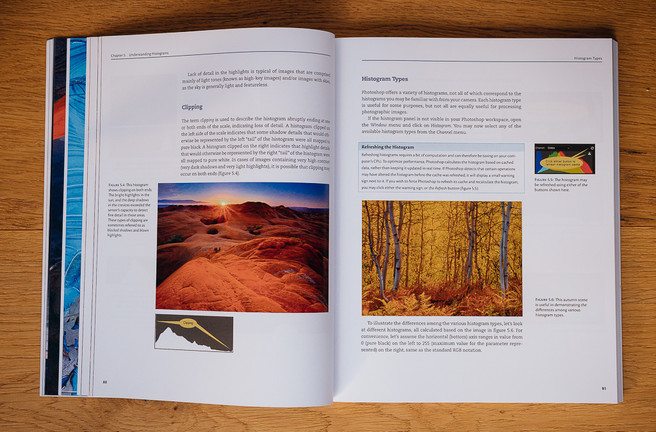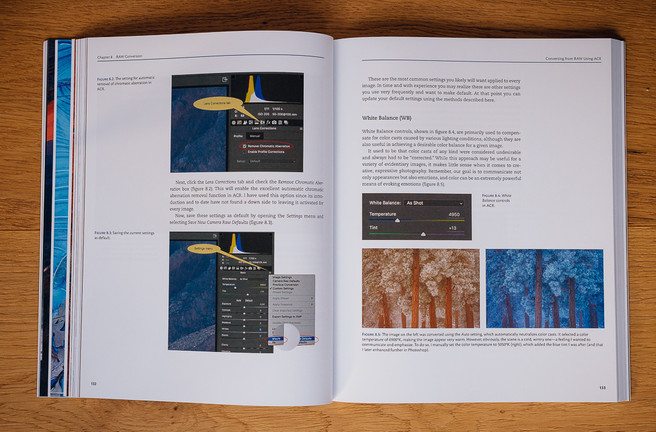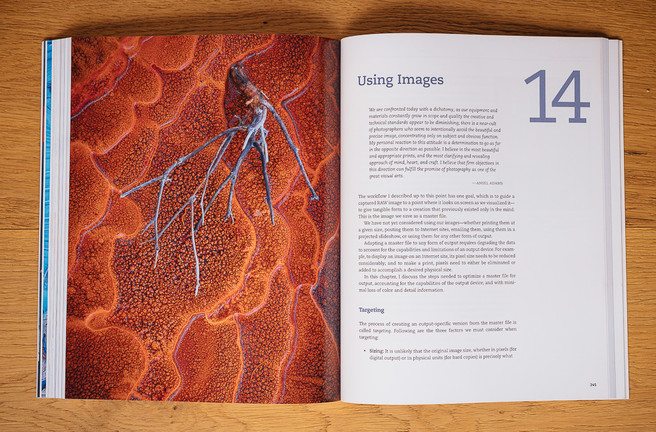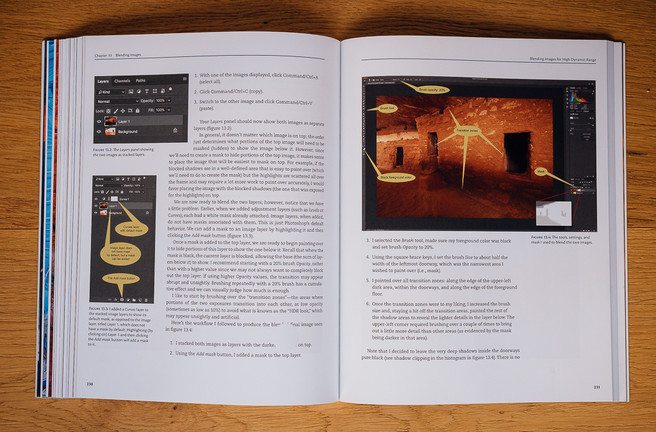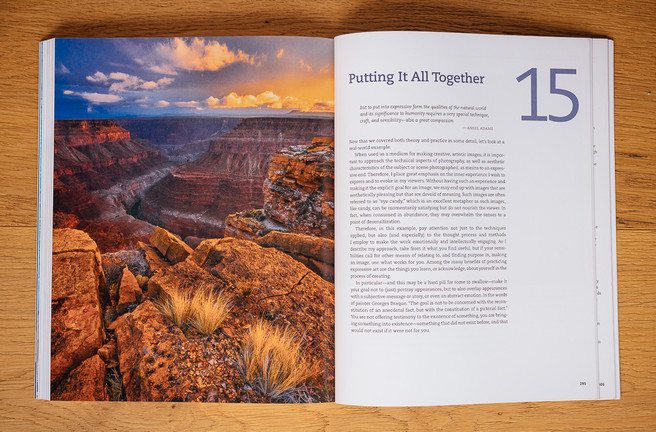Guy Tal

Tim Parkin
Amateur Photographer who plays with big cameras and film when in between digital photographs.
If you asked me to guess who would write the next Photoshop book, I think Guy Tal would be right at the bottom of the list. He’s a photographer who rarely discusses technology, equipment or processing and instead concentrates on aspects of aesthetics and of living a life artistic. However, that Guy Tal has written such a book is a great bit of news as he is probably the ideal person to explain why you might be using Photoshop, unlike so many other writers who have created far too many pages about 'how' you use it.
And this is the underlying theme of the book, a framework to think about processing that emphasizes the authority of the picture and of the photographers intent (and is strongly suggesting that you do have intent!).
Unlike many a Photoshop book, the first chapter introduces you to some aspects of art history. Relevant? It might not appear so at first, but it is part of the story of why the final photograph is very rarely complete without an intentional processing step to achieve the result that was visualised at the moment of capture. I.e. rare is the straight photograph that is actually straight out of a camera (apart from Polaroids I suppose).
Guy suggests a break with the production line, or ‘waterfall’, processing of an image (you know the one, set the black and white points, click auto white balance, pull up the shadows and protect the highlights, tweak the saturation to taste, apply three layers of sharpening and save into your archive). This process is the antithesis of the interpretive approach to processing. Instead, Guy recommends a narrative approach to working with images. A visualisation of what the image may look like once complete and a recognition of your own emotions and thoughts about the experience of the scene in front of your camera at the time of capture. Whether you work in with visualisation at the moment of capture or you try to recollect the feelings whilst processing to create your work, you’re asked to look for gaps between your capture and your goal and to keep these gaps in mind whilst processing.
Along the way, Guy talks you through all the technical aspects of using Camera Raw and Photoshop, always trying to keep a connection with the reasons for dealing with these aspects. The chapters on layers, curves, blending images and black and white conversions are worth the price of entry alone.
The book really shouldn’t be called “A guide to Photoshop” as it’s really a guide to processing images that just happens to use Photoshop as an example. You could easily use the majority of the information included if you just happen to use Lightroom or Capture One or any other processing software.
Here’s a list of the topics included:
- An overview of the history of art and of photography as art
- A deeper understanding of creativity and visualization, and of the technical underpinnings of digital imaging
- Techniques to effectively apply visualization in creating and processing your images
- How to perform 'gap analysis' to identify the gaps between the image at any point in time and the desired outcome
- How to convert your RAW files using Adobe Camera Raw prior to editing in Photoshop
- How best to employ many of Photoshop's tools and features
- How to leverage Layers and Masks to accomplish your visualized results
- How to control and adjust contrast, colour, and tone
- Image blending techniques to extend dynamic range and for focus stacking
- Processing strategies for black-and-white conversions, including toning your images
- Printing and other output techniques including sizing, sharpening, noise reduction, and colour management
Overall, a great addition to a photographer’s bookshelf and better than nearly all of the other Photoshop books I’ve read if you’re not looking for in-depth, technical coverage. You could call it a processing book for artists, not geeks but that might be insulting to geeks like me :-)
If you can do so (i.e. if you’re in the US), I would recommend buying the book directly from Guy’s website. It’s always better to buy direct where possible. If you’re outside of the US, just use your normal bookselling website.

